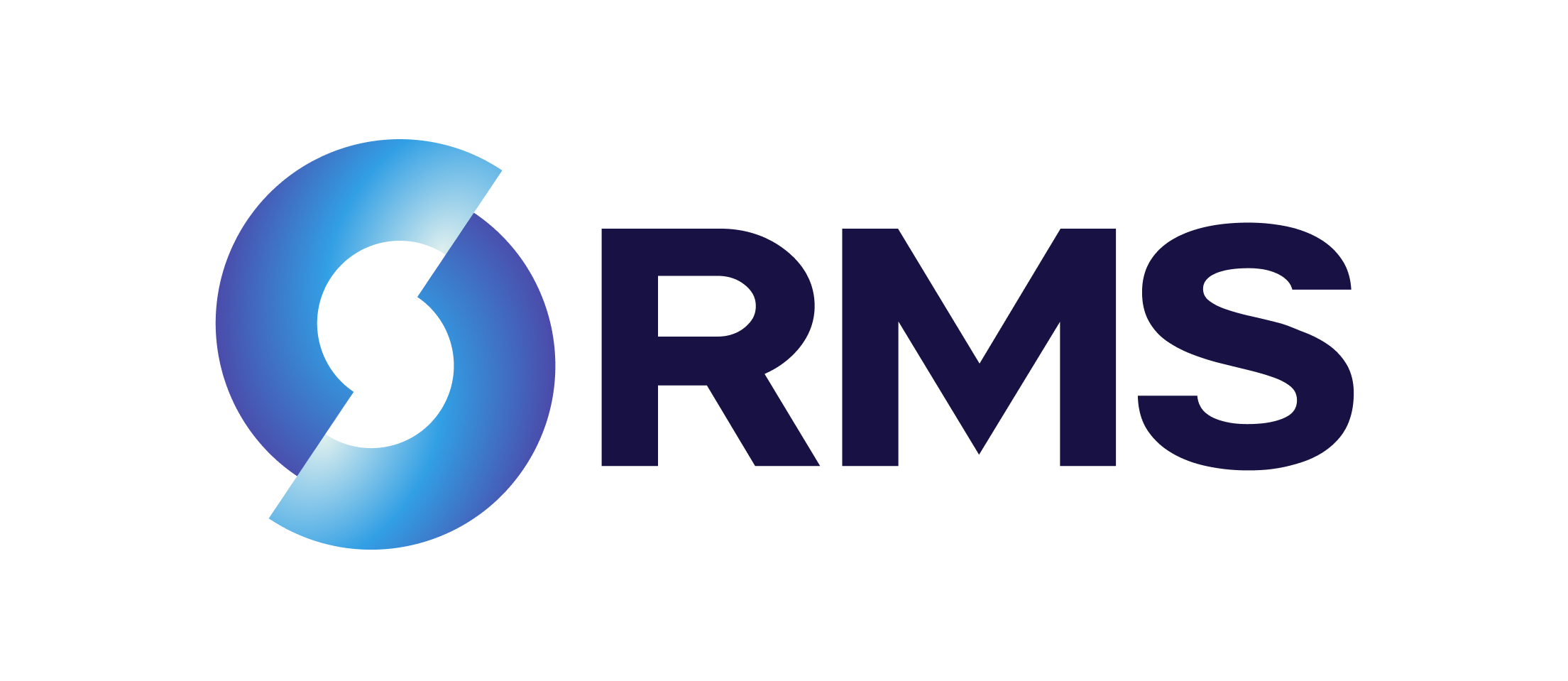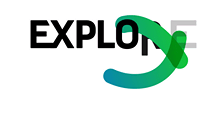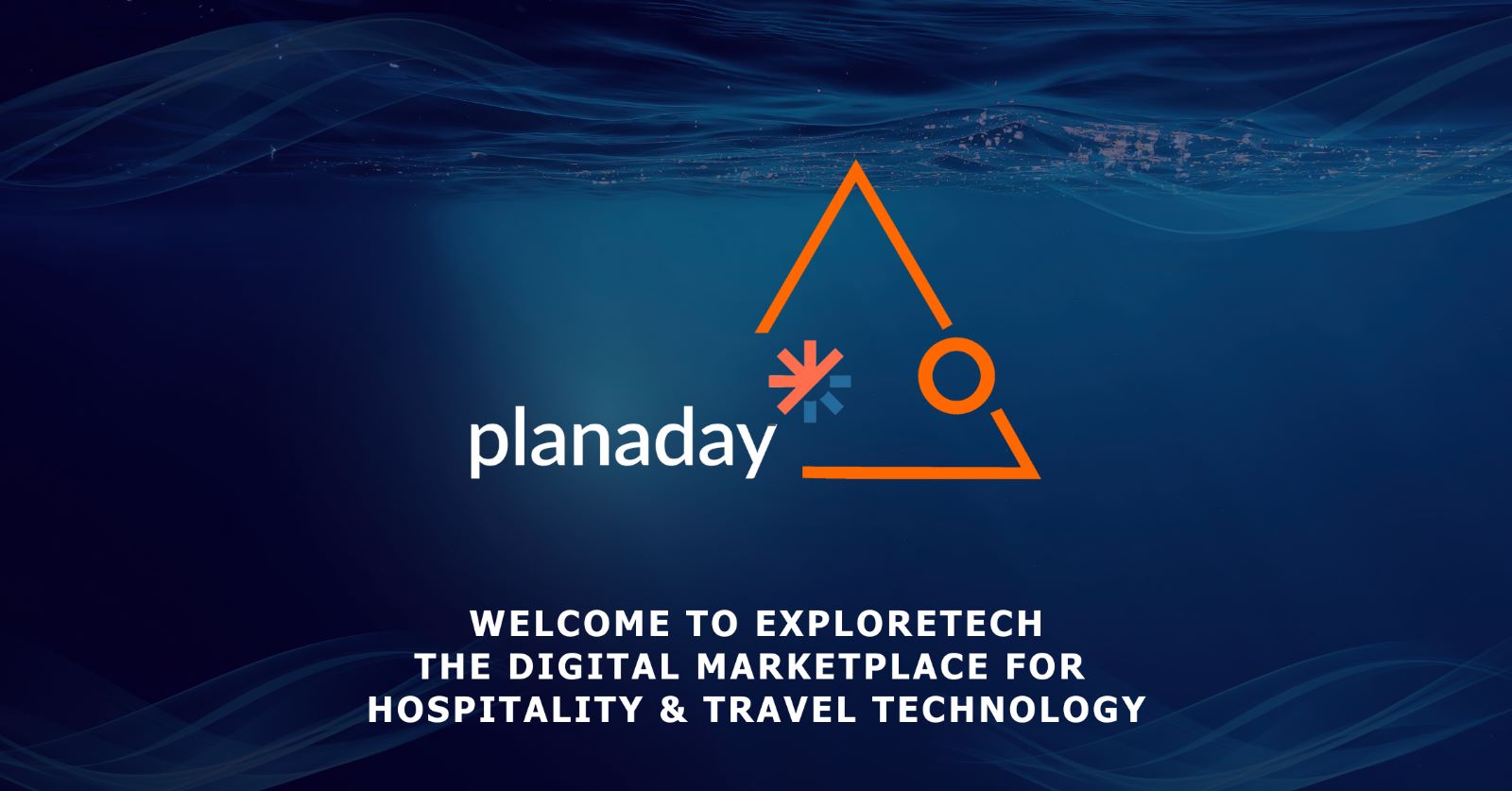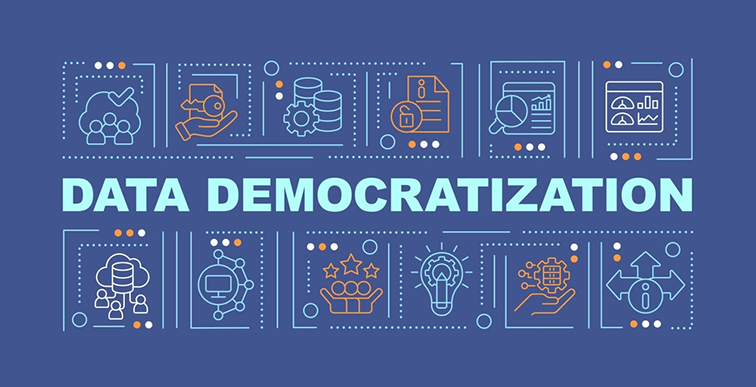

Smart rate management can be the key to boosting both occupancy and revenue. In today’s fast-paced and competitive hospitality landscape, finding the right balance between pricing and availability is critical. Properties need to maximise bookings without undervaluing rooms—and that’s where intuitive rate management becomes essential.
With the right technology, properties can respond to
demand in real time, optimise pricing strategies, and make data-driven
decisions that increase profitability—without adding to staff workload.
Below is a closer look at how intuitive rate management
works, why dynamic pricing matters, and how it all connects through a property
management system (PMS).
What is an intuitive rate manager?
An intuitive rate manager allows properties to adjust
room prices in real time based on market demand. These tools, built into modern
PMS platforms, analyse live data to recommend optimal rates—keeping properties
competitive in any market condition.
Rather than blocking bookings or inflating rates
unnecessarily, intelligent rate managers adjust prices with purpose: increasing
rates only when guest demand justifies it, and lowering them when necessary to
fill available rooms. Some systems also support last-minute deals to help move
unsold inventory.
Properties maintain full control with the ability to set occupancy targets, pricing rules, and custom limits. The result is faster, smarter pricing decisions with less guesswork.
The value of dynamic pricing
Revenue management software has shifted from a luxury to
a necessity. With fluctuating demand and unpredictable market trends, dynamic
pricing enables properties to remain agile and competitive.
Why embrace dynamic rate management?
- Increased
revenue: Optimised pricing helps find the sweet
spot for each booking. Properties no longer risk leaving money on the
table.
- Higher
occupancy: Data-driven pricing avoids rates that
discourage bookings—helping maintain fuller rooms.
- Strategic
walk-in availability: Dynamic controls allow certain
room types to remain available for late or walk-in guests.
- Optimised
discounting: Lower rates can be automatically
applied to move inventory that might otherwise remain vacant.
- Guest
trust: Fair, value-based pricing reinforces the
perception that guests are paying a competitive, transparent rate.
- Market
alignment: Insights into competitor pricing help
ensure rate strategies remain in step with local and seasonal trends.
- Operational
agility: Real-time adjustments allow properties
to respond instantly to market shifts, demand changes, or external events.
Maximising revenue through the PMS
Dynamic pricing tools are most effective when fully
integrated into the property management system. A modern PMS supports strategic
pricing with a unified platform of connected tools:
- Channel
manager: Automatically updates rates across all
online travel agencies (OTAs) and distribution channels to ensure
consistency and avoid rate parity issues.
- Internet
booking engine (IBE): Drives direct bookings through
the property's own website—reducing reliance on third-party platforms and
increasing margins.
With everything working in sync, properties gain a more
efficient, scalable pricing model that aligns with both business goals and
guest expectations.
Factors that influence room rates
While demand is a key driver, many variables can
influence pricing. A well-equipped dynamic rate manager considers a variety of
inputs to make smarter pricing decisions, including:
- Seasonality:
Rates may increase during peak periods such as summer or holidays and
adjust downward in off-season months to meet occupancy targets.
- Room
type performance: Prices can be raised for popular or
limited-inventory room types before adjusting others.
- Weather
conditions: Sudden storms or weather changes may
impact demand. Responsive pricing allows adjustments to recover lost
bookings.
- Competitor
rates: Local market comparisons are essential. A sharp
drop in competitor pricing may warrant a timely response.
- Local
events and holidays: Festivals, conventions, or long
weekends often lead to spikes in demand—dynamic pricing ensures rates
reflect this opportunity.
- Economic
trends: Shifts in the broader economy can
affect guest behavior. Adaptive pricing helps properties respond
effectively to these macro changes.
The advantage of a flexible inventory strategy
Revenue management tools can also work alongside
inventory features in the PMS. This enables properties to pivot based on
emerging trends—for example, a growing demand for long-term stays or student
housing.
The ability to create flexible rate structures—such as
monthly payment options—helps properties diversify offerings and maximise
occupancy year-round.
Adaptability is essential in today’s hospitality sector.
Guest expectations shift quickly, and pricing strategies must follow. With
intuitive rate management, properties stay agile and profitable—even in
uncertain markets.
Smarter pricing starts here
Pricing is one of the most powerful levers properties can
use to drive bookings. With intuitive rate management, pricing strategy becomes
proactive rather than reactive. Real-time data and automation enable revenue
optimisation without complexity.
Integrated with a modern PMS, dynamic pricing becomes
effortless—powering higher occupancy, better margins, and fewer manual tasks.
For properties ready to maximise profit and simplify
operations, intuitive rate management offers a clear advantage.







